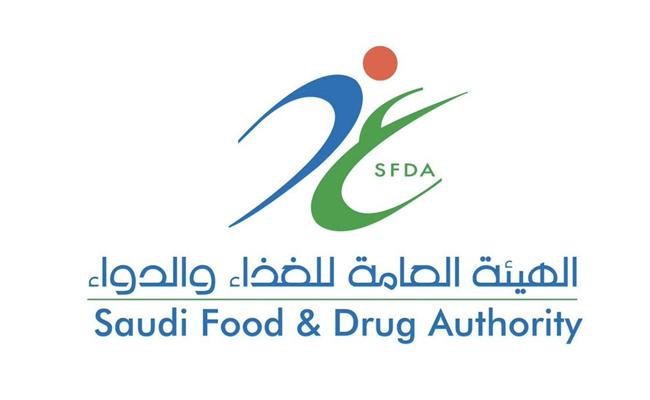

- Hajj And Omrah
-
About SFDA
About SFDA
SFDA in vision 2030
Authority Strategy
Career and Life
- Information Lists
-
Areas
- Consumer Corner
- Media Centre
- Eservices
Combination Endoscopic and Drug Therapy to Prevent Variceal Rebleeding in Cirrhosis
Combination Endoscopic and Drug Therapy to Prevent Variceal Rebleeding in Cirrhosis
Combination Endoscopic and Drug Therapy to Prevent Variceal Rebleeding in Cirrhosis
2008-07-16
Background: Combining endoscopic therapy and β-blockers may improve outcomes in patients with cirrhosis and bleeding esophageal varices.
Purpose: To assess whether a combination of endoscopic and drug therapy prevents overall and variceal rebleeding and improves survival better than either therapy alone.
Data Sources: MEDLINE, EMBASE, the Cochrane Central Register of Controlled Trials, the Cochrane Database of Systematic Reviews, and conference proceedings through 30 December 2007.
Study Selection: Randomized trials comparing endoscopic plus β-blocker therapy with either therapy alone, without language restrictions.
Data Extraction: Two reviewers independently extracted data on interventions and the primary study outcomes of overall rebleeding and mortality. Metaregression and stratified analysis were used to explore heterogeneity.
Data Synthesis: 23 trials (1860 patients) met inclusion criteria. Combination therapy reduced overall rebleeding more than endoscopic therapy alone (pooled relative risk, 0.68 [95% CI, 0.52 to 0.89]; I2 = 61%) or β-blocker therapy alone (pooled relative risk, 0.71 [CI, 0.59 to 0.86]; I2 = 0%). Combination therapy also reduced variceal rebleeding and variceal recurrence. Reduction in mortality from combination therapy did not statistically significantly differ from that from endoscopic (Peto odds ratio, 0.78 [CI, 0.58 to 1.07) or drug therapy (Peto odds ratio, 0.70 [CI, 0.46 to 1.06]). Effects were independent of the endoscopic procedure (injection sclerotherapy or banding). No trial-level variable associated with the effect was identified through metaregression or stratified analysis.
Limitation: Statistically significant heterogeneity in trial quality and evidence for selective reporting and publication bias were found.
Conclusion: A combination of endoscopic and drug therapy reduces overall and variceal rebleeding in cirrhosis more than either therapy alone
Annals of Internal Medicine, 15 July 2008 | Volume 149 Issue 2 | Pages 109-122


